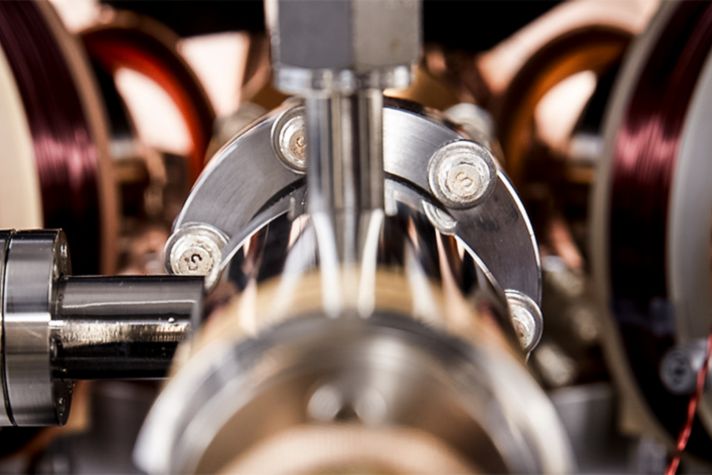You are browsing the product catalog for
You are viewing the overview and resources for
- News
- How We Will Live on Earth in the Future
How We Will Live on Earth in the Future
How We Will Live on Earth in the Future
Let’s fast-forward and see what’s next in major industries.
There will be big changes the ways we live, work and travel in the future.
But thanks to data, automation and software, the way we interact with the planet will be smarter and efficient.
Here is what will change.
We will depend more on renewable energy and batteries

What will change: Energy consumption will shift toward wind and solar as those sources becomes more economical.
What it means: The energy storage industry – commercial batteries – will grow rapidly to store power harnessed from these renewable sources. For example, wind turbines can only collect power when it is windy and, similarly, solar panels rely on sunlight to generate power. Batteries must store that energy so customers can still turn the lights on and are not disrupted due to the weather. “Energy storage makes renewable sources dependable and available on demand,” said Roopa Shortt, director of business development at Honeywell, who focuses on market trends and technology innovations to meet new energy needs.
Homes and offices will become power stations

What will change: Buildings will generate their own power using renewable sources. That local power generation will provide electricity to neighboring buildings and contribute to the power grid.
What it means: Buildings will be net-zero, producing as much energy as they consume. They will have a variety of local power generation capacity and energy storage. For example, they will have wind turbines on roofs, photovoltaic facades, bio-generators, traditional fuel generators and house storage options such as batteries. Software will optimize power sources based on how users want to optimize energy usage at various times during the day. “Smart buildings will be autonomous and self-optimizing, enabling them to be independent yet valuable contributors to their neighboring smart city infrastructure,” said Deb Learoyd, a director of offering management at Honeywell, who has more than two decades of experience with connected buildings.
We will travel in electric air taxis

What will change: With more than 150 companies furiously working on urban air mobility (UAM) vehicles, the coming years will see a flurry of new electrically powered air taxi concepts. Eventually, they will be able to fly without a pilot.
What it means: Urban air mobility describes a new system of air travel using electric, vertical takeoff aircraft to fly across metropolitan areas. Venture capital is flowing into the sector, and some of the leading companies are already working on their third or fourth iterations of prototype vehicles. Most companies plan to eventually fly these aircraft autonomously, eliminating the weight and expense of a pilot. The rest of the aerospace industry is retooling for this new era. A survey commissioned by Honeywell suggests that a third of companies in the avionics industry alone are developing UAM products, with more than half of those already in flight testing.
Buildings will only use energy when necessary

What will change: Buildings will respond to the emotional and rational needs of the people who occupy them. That means energy will only be consumed when they’re occupied, optimizing efficiency.
What it means: Multiple sensors will leverage machine learning and artificial intelligence to provide smart and intuitive spaces. Buildings will learn from their own performance and maintenance histories so that they continuously optimize based on experience. All systems will be connected to create a data lake to facilitate continual learning – lighting, elevators, fire protection and security systems. “A human-centric approach to designing, experiencing and managing a building will make buildings futuristic and anticipate human needs,” said Manish Sharma, chief technology officer of our building technologies business.
Copyright © 2025 Honeywell International Inc.





